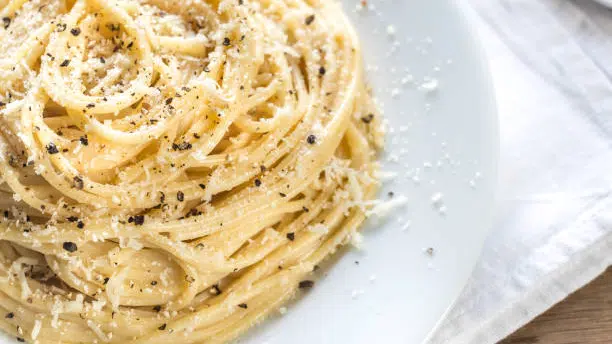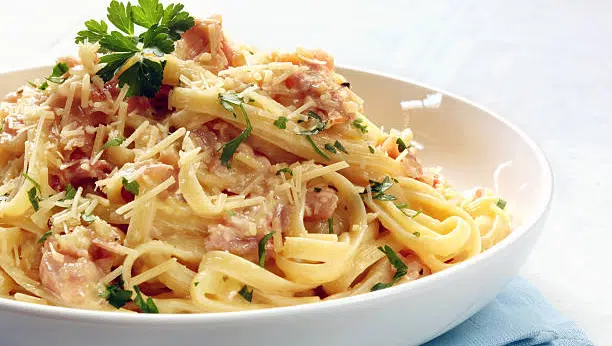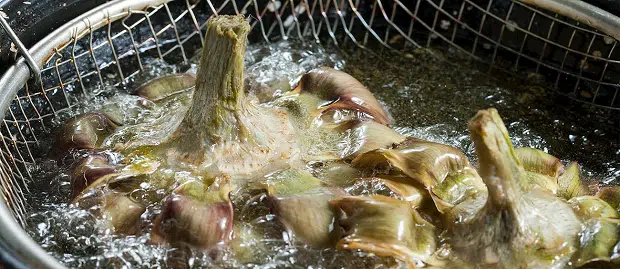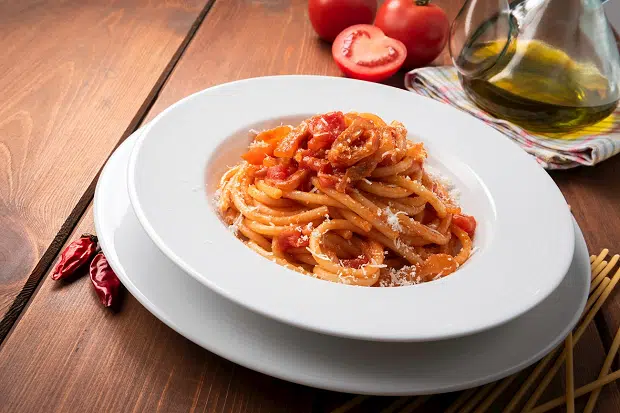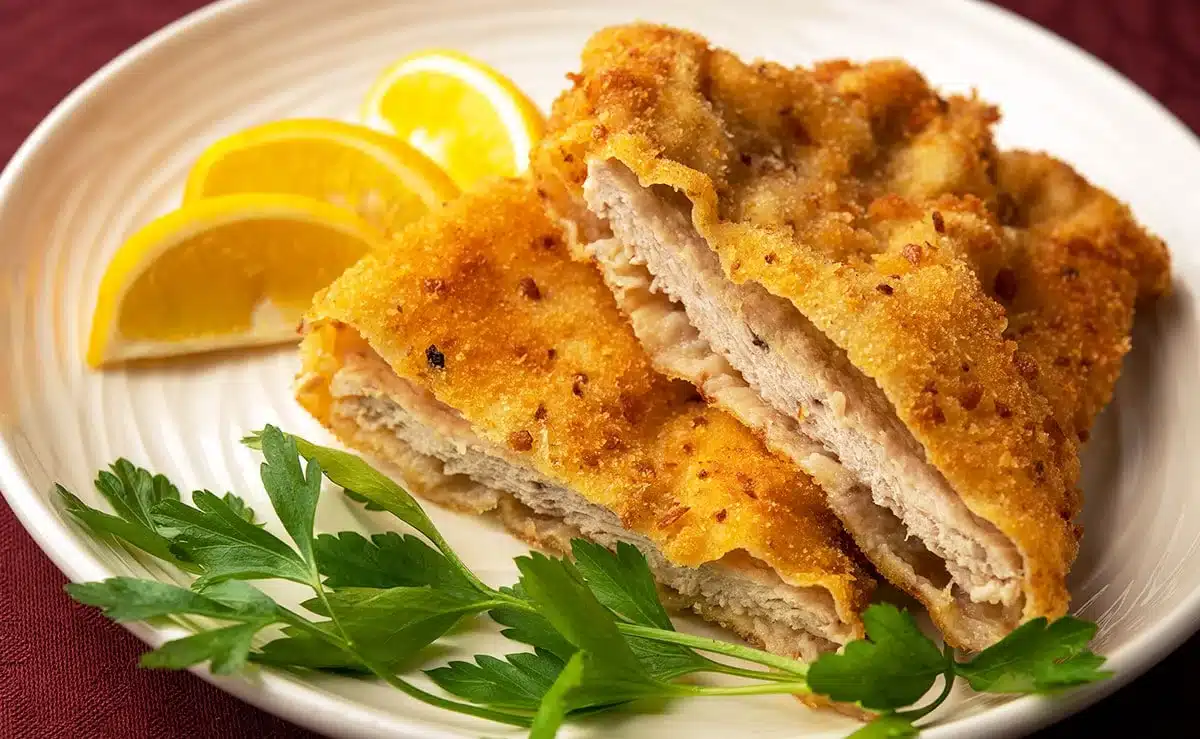The article about the Top yummy things to try in Rome will show you what to eat when visiting Rome and where to eat. We wrote it according to our experiences and some of the world’s best food critic pieces of advice.
Introduction
Once you get to Rome, don’t forget to try its most famous products, such as limoncello, carbonara, ice cream, Roman-style pizzas, or a good cappuccino.
Furthermore, Italian cuisine is one of the most famous worldwide, with various dishes and ingredients. Proof of this is that it is practically impossible to find someone who has not tried pizza, ravioli, or lasagne nowadays.
Roman cuisine
Italian restaurants in Rome will have a selection of mouth-watering dishes, from colorful salads to tasty meat recipes and fish platters. Nevertheless, if you are too impatient to get to Rome to discover some of the city’s best dishes, here is a list of the most typical meals, desserts, and drinks.
Our website includes affiliate links. So, keep in mind that we may receive commissions when you click our links and make purchases. Please read our legal disclaimer document for more information about our Affiliate disclaimer and other disclaimers like Fair-Use disclaimer, etc.
Cacio e Pepe
The hint’s in the name for one of the city’s most iconic pasta dishes, cacio e Pepe: “cacio” is the local word for Pecorino Romano, a salty sheep’s milk cheese, “Pepe” means black pepper.
The two ingredients are combined with cooked pasta and a bit of cooking water, then stirred energetically to create a smooth sauce. Salumeria Roscioli has a brilliant version, whereas Cesare al Casaletto is known for its looser and more liquid variation on the classic dish.
Saltimbocca
There is no more incredible testament to the Italian way with words than saltimbocca — literally, “jumps in your mouth.” Saltimbocca a la Romana is generally made with pounded veal, prosciutto, and sage. This dish, when done well, melts in your mouth. We think its name does it justice! The meat is stuffed, rolled, and cooked in white wine and butter.
Tip: try to visit Armando al Pantheon or La Matricianella.
Carbonara
Every cook and eater has extreme opinions about its origins and ingredients and is inflexible when confronted with variations. Multiple dishes in Rome inspire intense debate, and carbonara focuses on the most spirited ones. However, there’s one thing all Italians agree on: carbonara should never have cream added to it.
Generally speaking, the dish is made with spaghetti or rigatoni, guanciale or pancetta, egg yolk or a whole egg, Pecorino Romano or a combination of Pecorino Romano and Parmigiano-Reggiano, and black pepper. The eggs are gently heated to create a thickened sauce that clings to the pasta for a silky and non-scrambled effect.
Tip: try to visit Roscioli or Da Enzo al 29.
Pizza al taglio
Pizza al taglio or pizza al trancio (Italian for pizza by the slice) is a sort of pizza baked in large rectangular trays and generally sold in rectangular or square pieces by weight, with prices marked per kilogram or 100 grams. This type of pizza was invented in Rome, Italy, and is common throughout Italy. Furthermore, many variations and styles of pizza al taglio exist. The dish is available in other areas of the world.
Carciofi or artichokes
Artichokes thrive in Rome’s climate, which is trendy. There are two main recipes: alla Giudia (above) and alla Romana (Jewish and Roman styles). Carcioffi alla Giudia translates to Jewish Artichokes.
Tip: If Catholics run the restaurant, we recommend Roman-style artichokes. If it is Jewish-run, we recommend ordering Jewish-style artichokes without question. Lastly, how do you know who runs the restaurant without asking an awkward question? Well, the Jewish Ghetto is still occupied chiefly by Jews.
Tip: visit Da Enzo al 29 for both versions of artichokes, Nonna Betta for the Jewish understanding, and Da Bucationo for the Alla Romana version.
Supplì
These little rice croquettes are divine! Both the traditional ones that hail from Rome and the Lazio region, called “supplì al Telefono,” thanks to the mozzarella string that forms when you pull them apart, resembling a telephone cord, as well as this mozzarella and tomato supplì! Try them and share this little appetizer with us that has a taste of Rome in every bite! We recommend using mozzarella for pizza for an extra stringy cheese effect. Leftover rice is perfect for making this mozzarella and tomato supplì from dishes such as arancini.
L’Amatriciana
Regional dishes are often a source of dispute among Italians, whether professional or amateur chefs and spaghetti all amatriciana is no exception! Like many Italian dishes, this Roman favorite is simple ingredients.
Bucatini or spaghetti, bacon or guanciale, garlic or onion; are the main questions that anyone preparing this recipe for the first time has to face.
It is a 100% must-eat plate.
Tip: visit Da Enzo al 29 or L’Arcangelo to try exquisite L’Amatricianas.
Gelato
No trip to Rome would be complete without eating your weight in gelato. While, in our opinion, Italy’s best gelato is in Tuscany, there is an abundance of gelaterias in Rome that are worth visiting.
Tip: Research and go to a place that makes authentic gelato with natural ingredients. Avoid sites with bright, unnatural colors on display (make sure the banana color is not bright yellow, and the pistachio color should be light brown).
Tip: try to visit Gelateria dei Gracchi or Gelateria dell’Angeletto for gluten-free ice cream
Neighborhoods
Although the city is full of restaurants and takeaways, some of the best places to eat out in Rome are the streets surrounding the Trastevere, packed with traditional Italian restaurants, Piazza Navona, Campo dei Fiori, or the Pantheon. The roads in these areas have charming, authentic restaurants with terraces to enjoy a tasty meal while watching the people.
Top yummy things to try in Rome – final thoughts
When you visit Italy, food is among the first things that comes to mind. And in Rome, it’s no different story. Additionally, with its ten thousand restaurants, Rome practically forces us to forget about our diet and indulge in the dolce vita for at least a few days.
So, which Italian food is your favorite?
Take a look at
References and sources:
Photo credits:
Featured photo: @tasteatlas

